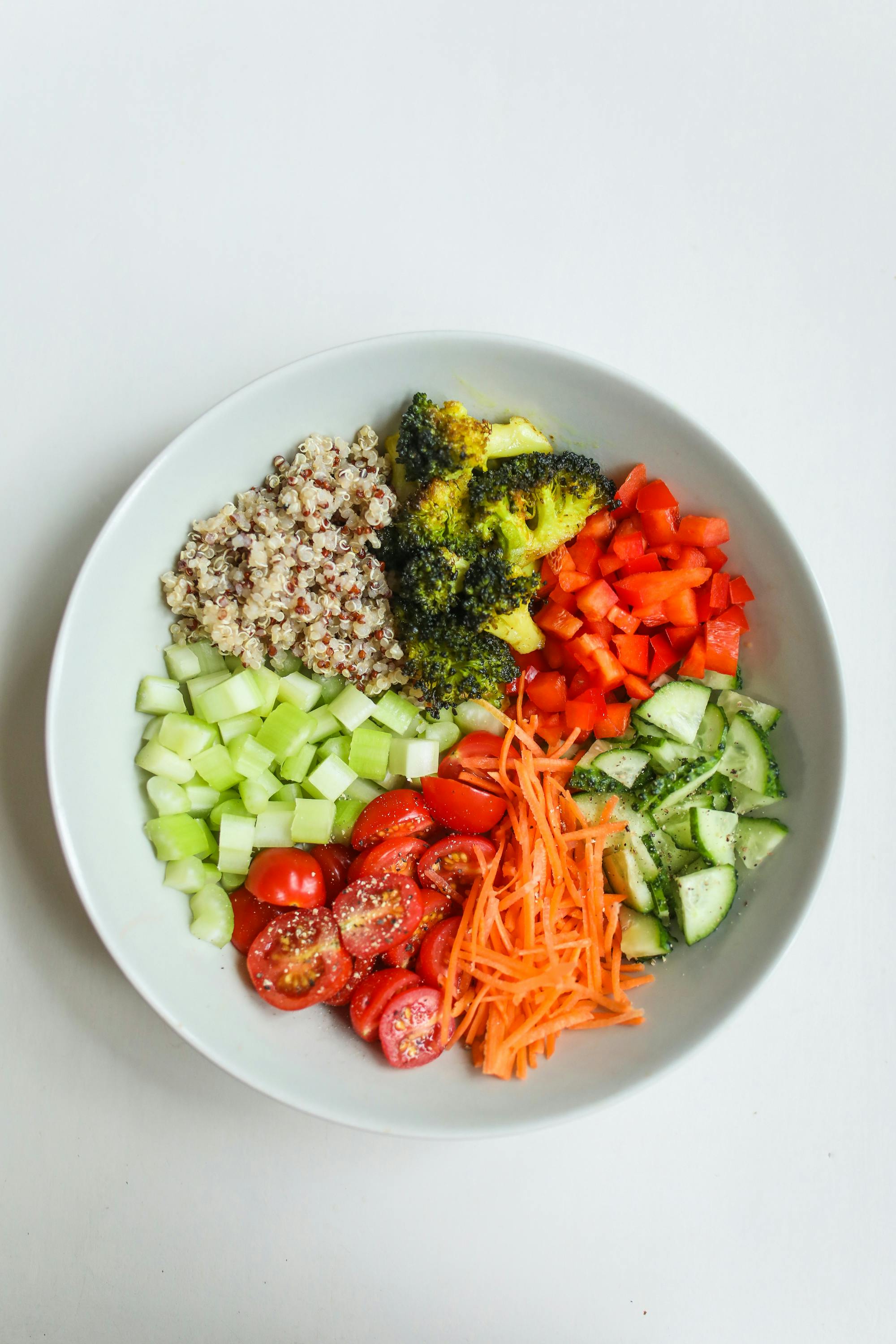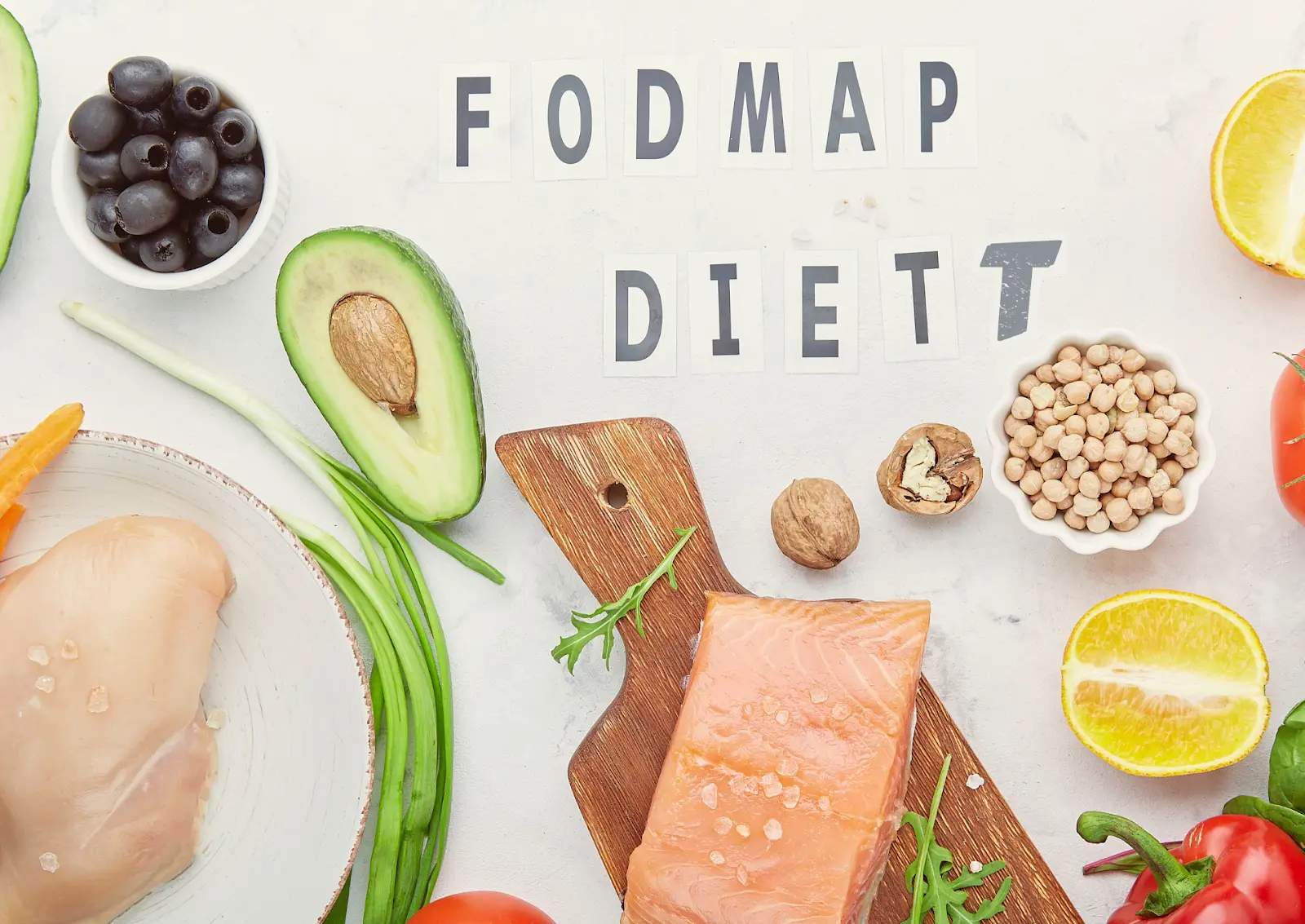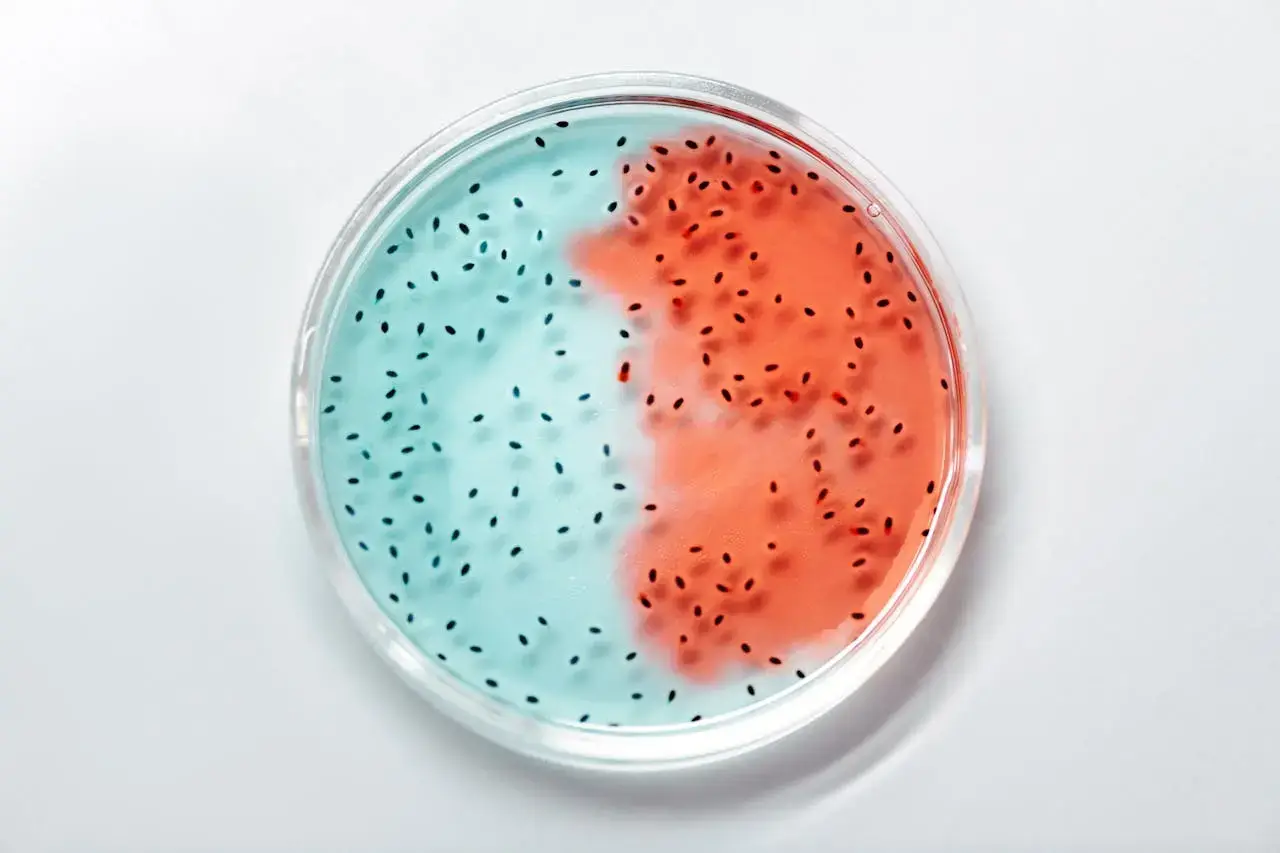The Ultimate Guide to FODMAP: Your Path to Better Gut Health


Table of Contents
- Introduction to FODMAP
- Understanding FODMAPs
- Benefits of a Low FODMAP Diet
- How to Implement a Low FODMAP Diet
- Foods to Eat and Avoid
- 7-Day Low FODMAP Diet Plan
- The Importance of Gut Health
- Why You Need a Microbiota Test
- Get Your Gut Health Tested Today
Introduction to FODMAP
Have you ever come across the term "FODMAP diet"? Often mentioned in discussions about digestive health, this diet is gaining recognition as a potential solution for those suffering from irritable bowel syndrome (IBS) and small intestinal bacterial overgrowth (SIBO). It revolves around reducing the intake of certain sugars that can lead to intestinal distress.
Understanding FODMAPs
What are FODMAPs?
FODMAPs are types of carbohydrates that are poorly absorbed in the small intestine. They are found in a variety of foods and can cause bloating, gas, and stomach pain when fermented by gut bacteria.
Types of FODMAPs
1. Oligosaccharides: Found in wheat, onions, garlic, and legumes.
2. Disaccharides: Found in milk, yogurt, and soft cheese.
3. Monosaccharides: Found in fruits like apples, honey, and high-fructose corn syrup.
4. Polyols: Found in certain fruits and vegetables, as well as artificial sweeteners.
Benefits of a Low FODMAP Diet
A low FODMAP diet can significantly reduce symptoms of IBS, such as bloating, gas, diarrhea, and constipation. By eliminating high FODMAP foods and gradually reintroducing them, individuals can identify which foods trigger their symptoms and manage their diet more effectively.
How to Implement a Low FODMAP Diet
- Elimination Phase: Completely remove all high FODMAP foods from your diet for 4-6 weeks.
- Reintroduction Phase: Gradually reintroduce high FODMAP foods one at a time to identify triggers.
- Personalization Phase: Develop a long-term eating plan that avoids your specific trigger foods.
Foods to Eat and Avoid
High FODMAP foods known to aggravate the gut include: dairy-based milk, yogurt, ice cream, wheat-based products, beans, lentils, and certain fruits and vegetables like apples, cherries, onions, and garlic.
Conversely, low FODMAP foods are safer options. This means eggs, meats, specific cheeses, almond milk, grains like rice and quinoa, and various fruits and vegetables.
7-Day Low FODMAP Diet Plan

Discover a comprehensive 7-day low FODMAP diet plan designed to alleviate IBS symptoms and improve your gut health. Each day includes breakfast, lunch, and dinner ideas that are both delicious and easy to prepare.
Monday: Day 1
- Breakfast: Scrambled eggs with spinach and tomatoes.
- Lunch: Grilled chicken salad with mixed greens, cucumber, carrot, and a lemon-olive oil dressing.
- Dinner: Baked salmon with quinoa and steamed green beans.
Tuesday: Day 2
- Breakfast: Lactose-free yogurt with strawberries and a handful of walnuts.
- Lunch: Turkey and Swiss cheese lettuce wraps with a side of carrot sticks.
- Dinner: Beef stir-fry with bell peppers, zucchini, and rice.
Wednesday: Day 3
- Breakfast: Oatmeal made with almond milk, topped with blueberries and a sprinkle of cinnamon.
- Lunch: Quinoa salad with grilled shrimp, cherry tomatoes, cucumbers, and feta cheese.
- Dinner: Lemon herb chicken with roasted potatoes and steamed broccoli.
Thursday: Day 4
- Breakfast: Smoothie with lactose-free yogurt, banana, spinach, and a scoop of protein powder.
- Lunch: Grilled vegetable wrap with eggplant, zucchini, bell peppers, and a gluten-free wrap.
- Dinner: Pork chops with mashed sweet potatoes and sautéed green beans.
Friday: Day 5
- Breakfast: Rice cakes topped with peanut butter and banana slices.
- Lunch: Cobb salad with grilled chicken, bacon, hard-boiled eggs, tomatoes, and lactose-free blue cheese dressing.
- Dinner: Baked cod with quinoa and steamed carrots.
Saturday: Day 6
- Breakfast: Scrambled eggs with smoked salmon and a side of avocado.
- Lunch: Greek salad with lettuce, cucumber, tomatoes, olives, and feta cheese.
- Dinner: Grilled steak with roasted vegetables (zucchini, bell peppers) and a side of rice.
Sunday: Day 7
- Breakfast: Chia pudding made with almond milk, topped with raspberries and a drizzle of honey.
- Lunch: Tuna salad with mixed greens, cucumber, and a lemon-olive oil dressing.
- Dinner: Roasted chicken with mashed potatoes and steamed green beans.
Sources:
Mohans university, HarvardImplementing this diet plan is a practical step towards better digestive health, which highlights the broader significance of maintaining a healthy gut.
The Importance of Gut Health
Your gut health plays a vital role in your overall wellbeing. A balanced gut microbiota aids in digestion, nutrient absorption, and immune function. Poor gut health can lead to chronic conditions, including IBS, obesity, and mental health disorders. According to Harvard Health Publishing, maintaining a healthy gut is crucial for overall health. And one of the best ways to check whether your gut is healthy or not is using a Microbiota test.
Why You Need a Microbiota Test
Most people with digestive issues could benefit from a detailed analysis of their gut microbiota. A microbiota test provides insights into the composition of your gut bacteria, helping to identify imbalances that may be contributing to your symptoms. This information can be crucial in tailoring dietary and lifestyle changes to improve your gut health. Learn more about the importance of microbiota tests from the Mayo Clinic.
Get Your Gut Health Tested Today
Don’t wait to take control of your gut health. Our expert microbiota test can provide you with a comprehensive analysis and personalized recommendations. Discover the root cause of your digestive issues and start your journey to better health today.
Read more on what to expect from your results
Or
Start din reise med Tarmoni!
Velkommen til en lettere vei til bedre tarmhelse! Abonnér til Tarmoni for å motta din første test og kosttilskudd for 499,- 299,- the first month.
Ansvarsbegrensning:
Selvdiagnostisering og behandling anbefales ikke. Det er viktig å konsultere helsepersonell ved eventuelle tarmrelaterte bekymringer.
Denne artikkelen er kun ment til informasjonsformål og bør ikke oppfattes som medisinsk informasjon eller instruksjoner. Hvis du har noen helseproblemer, anbefaler vi at du kontakter en lege eller annet helsepersonell.




